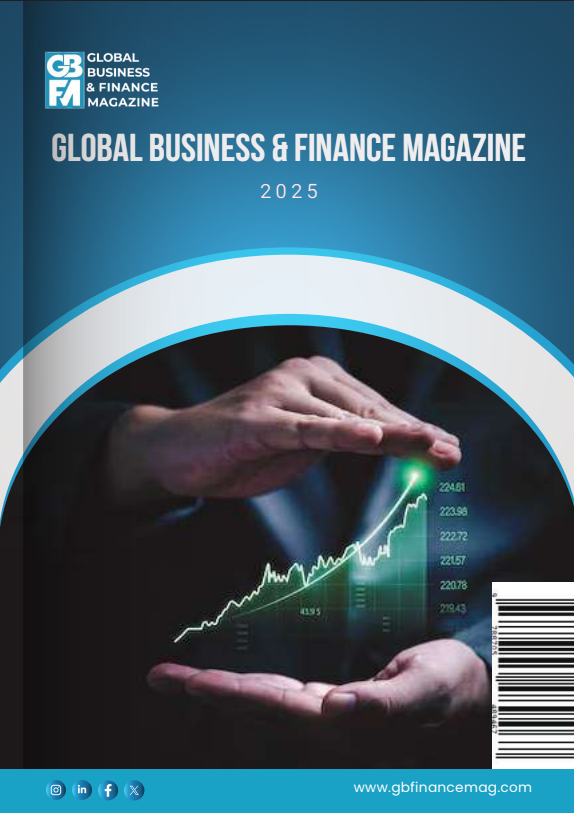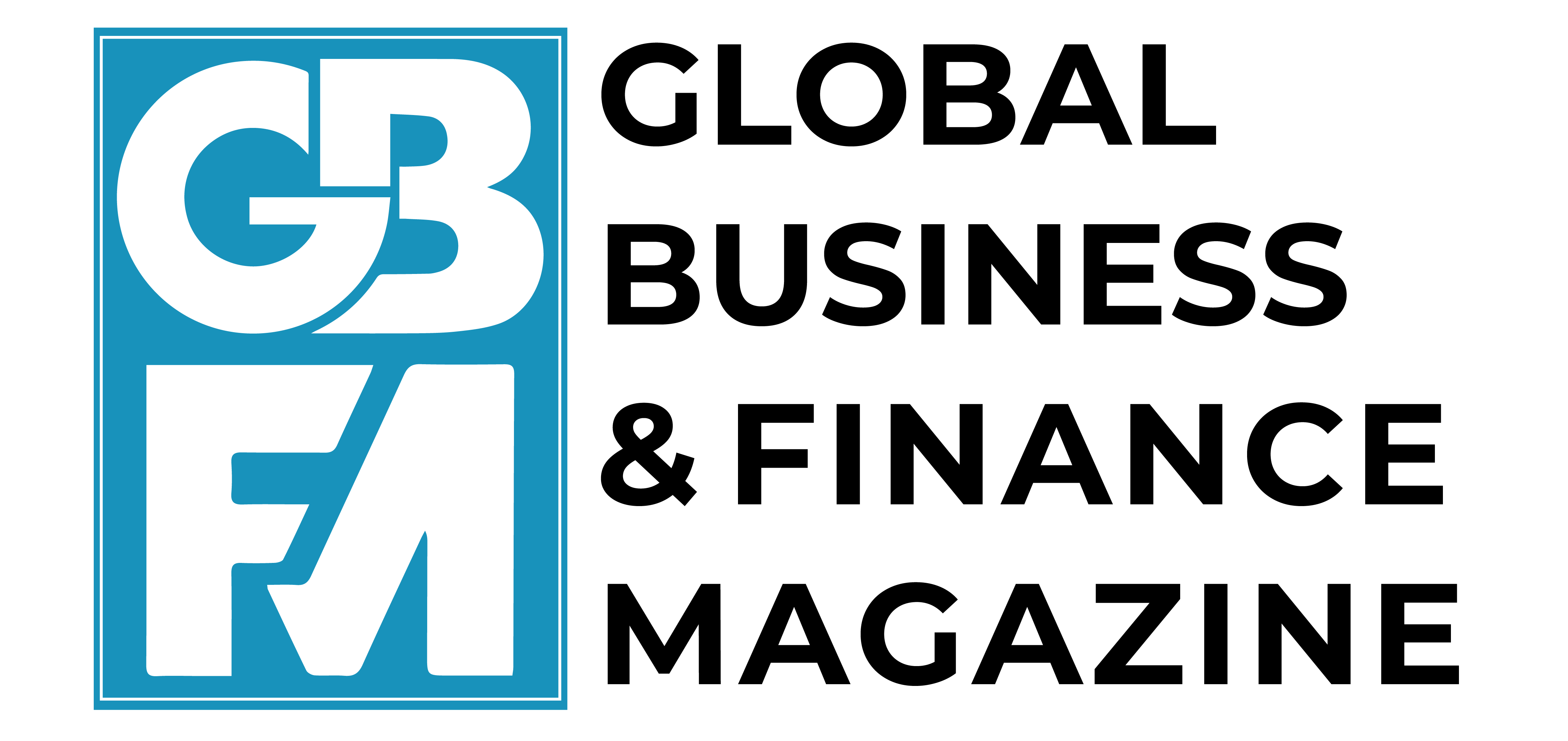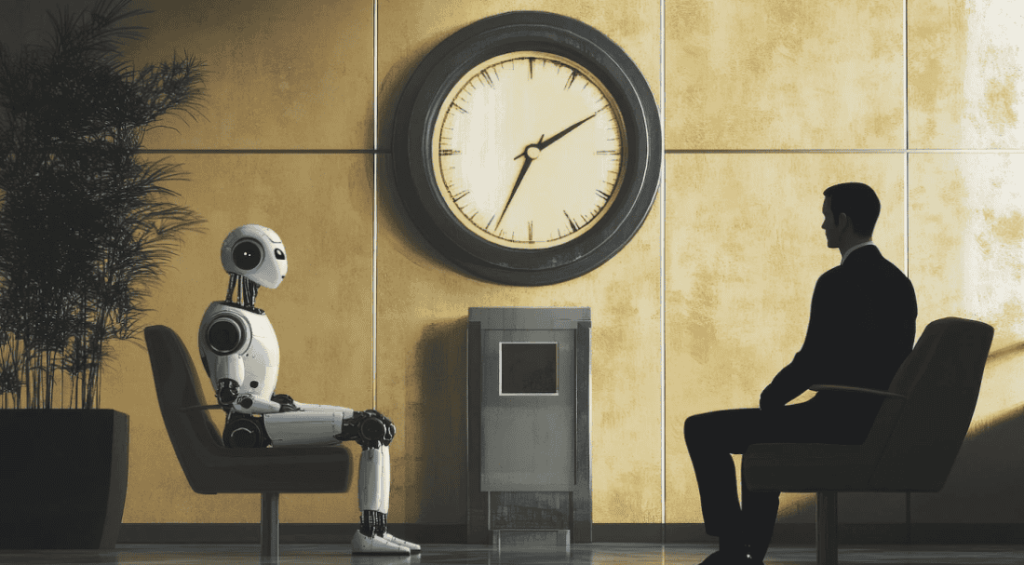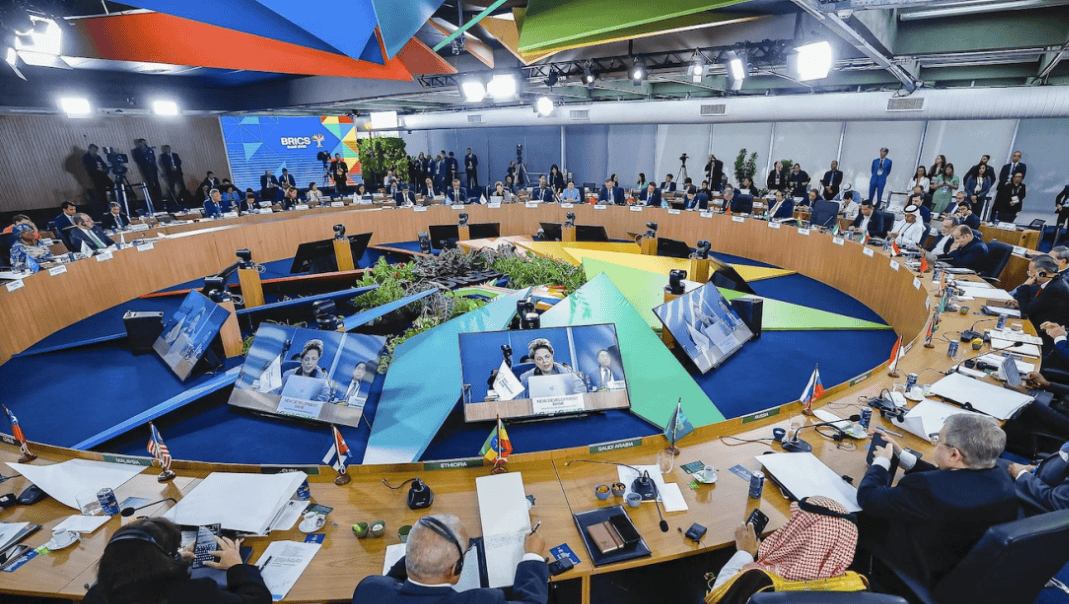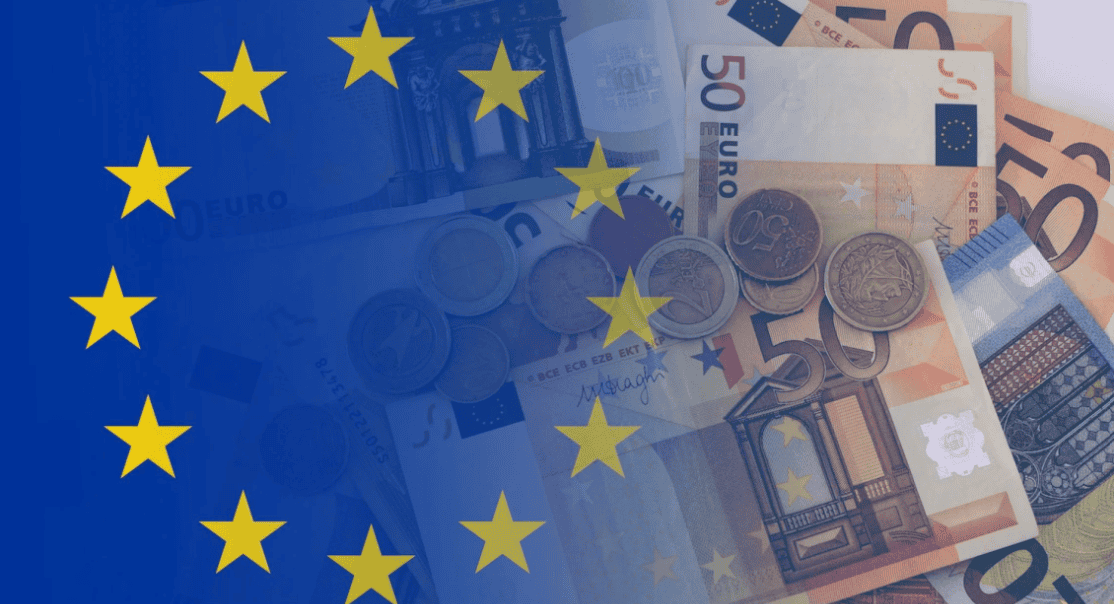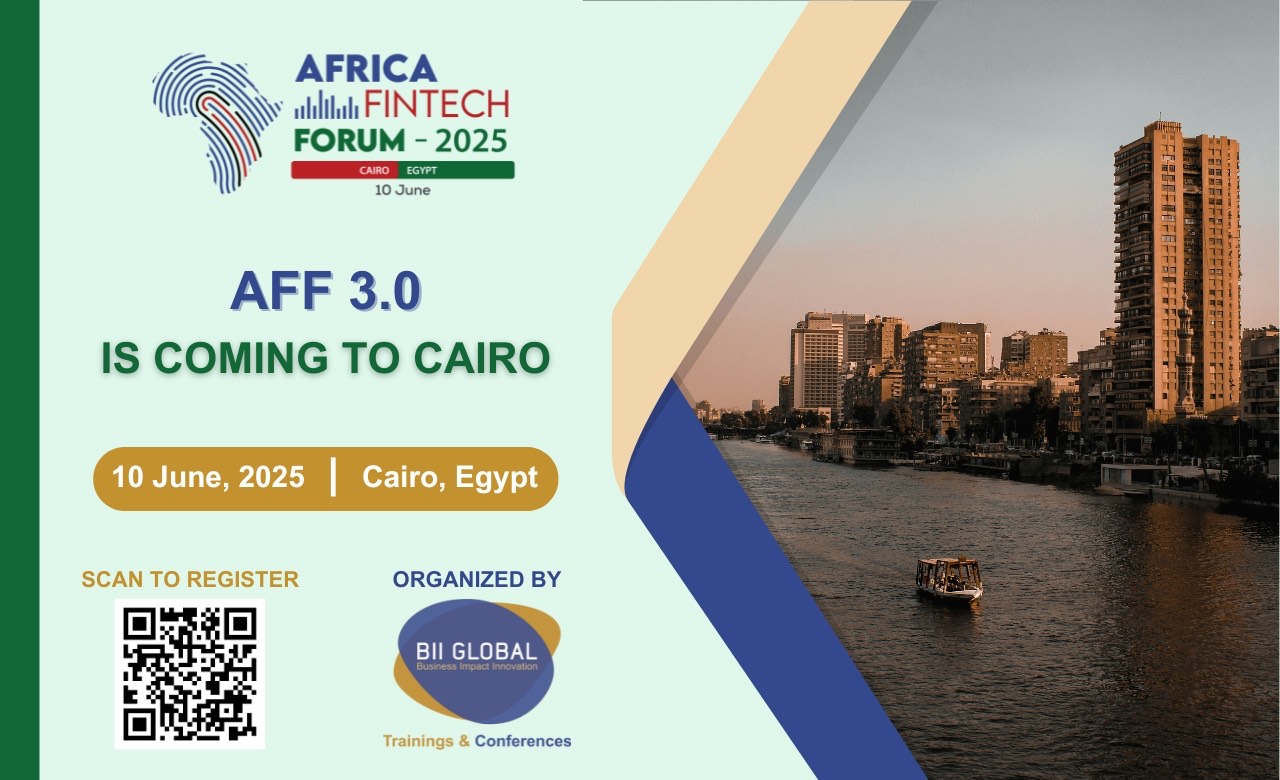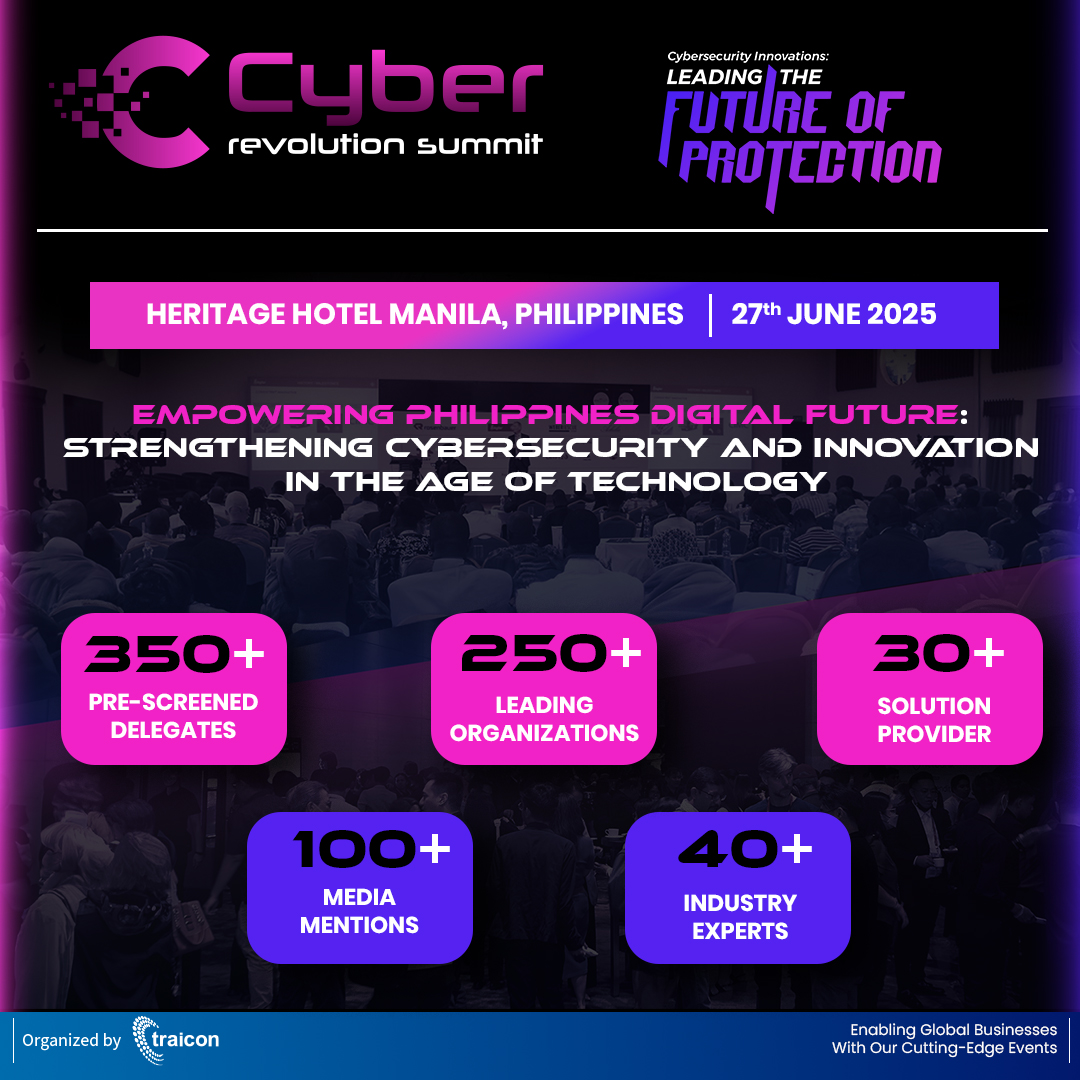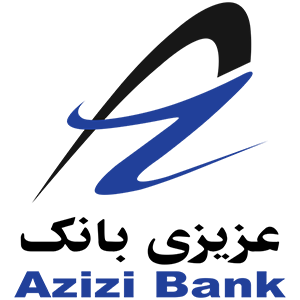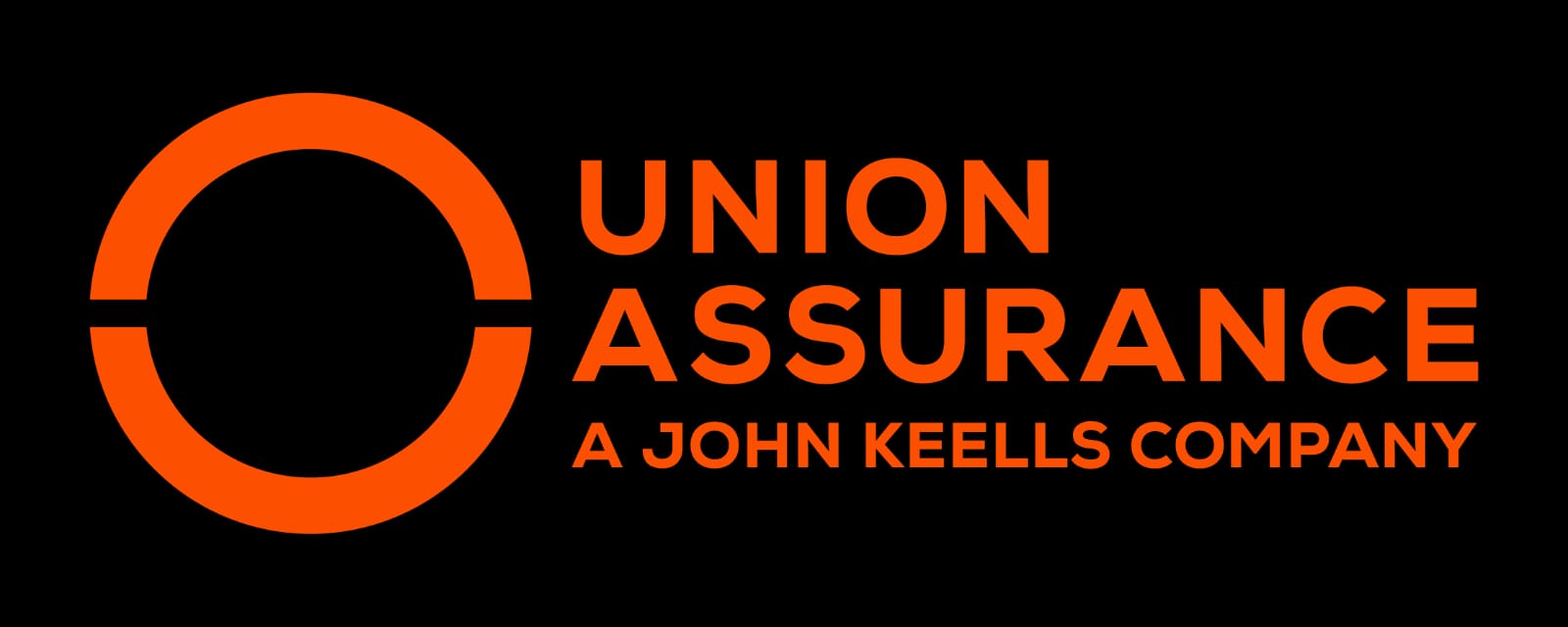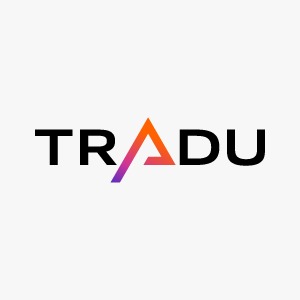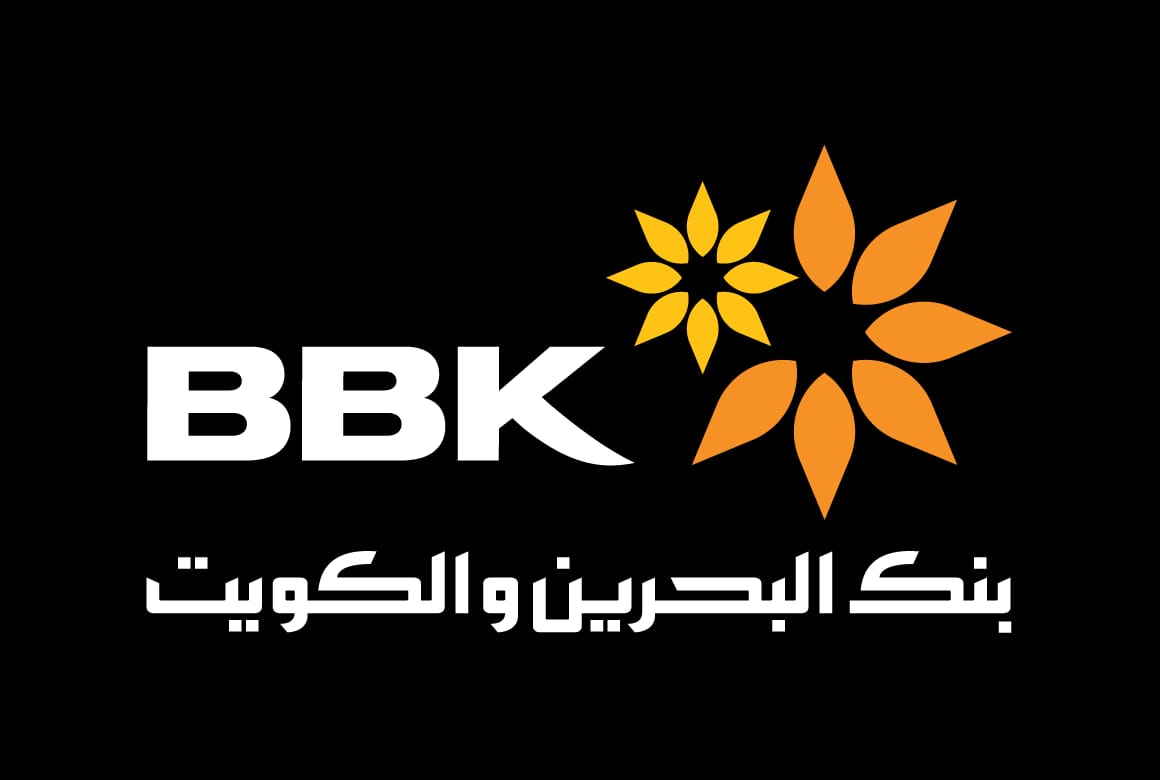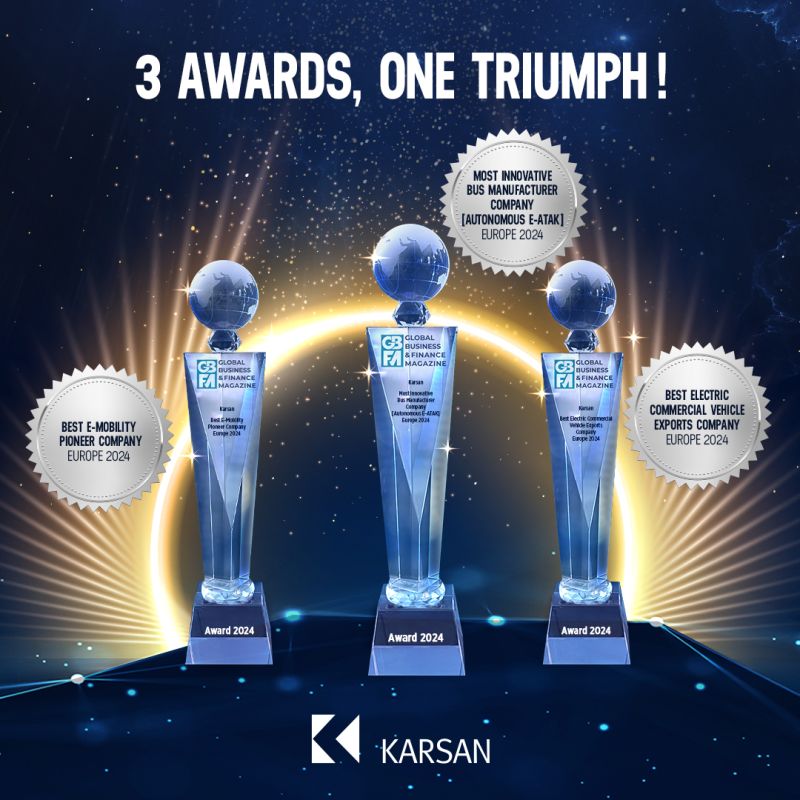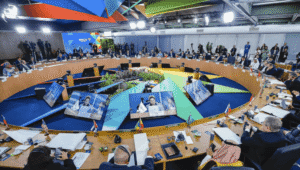Technological progress is typically expected to lighten the burden of work. But as artificial intelligence has been integrated into workplaces, early evidence suggests a paradox: instead of reducing workloads, many AI-equipped employees are busier than ever. This column examines the relationship between AI exposure, the length of the workday, time allocation, and worker satisfaction. Though AI-driven automation and delegation allow workers to complete the same tasks more efficiently, the authors find that employees in AI-exposed occupations are working longer hours and spending less time on socialisation and leisure.
For much of modern history, technological progress has been expected to lighten the burden of work. Keynes (1930) predicted that by 2030, rising productivity would allow people to work 15 hours a week. As artificial intelligence is integrated into workplaces, early evidence suggests a paradox: instead of reducing workloads, many AI-equipped employees are busier than ever. While AI-driven automation and delegation allow workers to complete the same tasks more efficiently, employees in AI-exposed occupations might well be working longer hours and spending less time on socialisation and leisure.
The rapid diffusion of AI, exemplified by the introduction of ChatGPT in late 2022, has reignited concerns about its effects on employment. A large body of work examines how AI is replacing some job functions while augmenting others – the extensive margin of employment (e.g. Acemoglu et al. 2022, Albanesi et al. 2023, Bonfiglioli et al. 2024, Felten et al. 2019, Gazzani and Natoli 2024). Less attention has been given to how AI influences time allocation – the intensive margin of employment. If workers retain their jobs, does AI make them work more or less? Our study (Jiang et al. 2025) examines the relationship between AI exposure, the length of the workday, time allocation, and worker satisfaction.
Using nearly two decades of time-use data from the American Time Use Survey (ATUS), we link AI-related patents with occupational descriptions to construct a measure of AI exposure across jobs. We then distinguish AI that complements human labour – enhancing worker productivity – from AI that substitutes for it, potentially displacing workers.
AI complementary/substitutive exposure varies significantly across occupations, as illustrated in Figure 1. At the forefront are computer and information system managers, bioinformatics technicians, and management analysts, fields where AI enhances productivity rather than substituting labour. In contrast, jobs like data entry keyers, tellers, and office machine operators face high AI substitutive exposure but little complementarity, facing the risk of displacement rather than augmentation. Meanwhile, occupations such as dancers and barbers sit at the bottom of the AI spectrum, largely untouched by AI advancements.
Figure 1 Complementarity with AI


A third category of AI exposure – AI-driven monitoring – captures how surveillance technologies track employee effort. This framework allows an examination of whether AI lengthens or shortens the workday and whether these effects vary across labour markets.
The findings, summarised in Figure 2, reveal a pattern: higher AI exposure is associated with longer work hours and reduced leisure time. Over the 2004–2023 period, workers in AI-intensive occupations increased their weekly work hours relative to those in less exposed jobs. An increase from the 25th to the 75th percentile in AI exposure corresponds to an additional 2.2 hours of work per week. This relationship is strengthened over time, suggesting that as AI becomes embedded in workplaces, its effect on working hours intensifies. This challenges the expectation that automation enables workers to complete tasks more quickly and reclaim leisure time.
Figure 2 Weekly working hours and AI exposure


The introduction of ChatGPT provides an unexpected shock to generative AI adoption and serves as a natural experiment (Hui et al. 2023). Occupations more exposed to generative AI saw a rise in work hours immediately following the release of ChatGPT. Compared to workers less exposed to generative AI (such as tire builders, wellhead pumpers, and surgical assistants) those in high-exposure occupations (including computer systems analysts, credit counsellors, and logisticians) worked roughly 3.15 hours more per week in the post-ChatGPT period. This shift was accompanied by a decline in leisure time, reinforcing the idea that AI complements human work in a way that increases labour supply rather than reducing it. When leisure hours are cut, non-screen-based activities – especially entertainment and socialisation – bear the brunt. Screen-based leisure activities, such as watching television and playing video games, remain relatively stable, suggesting that workers are more likely to sacrifice activities that require active participation rather than passive consumption, signalling a shift towards more isolated and sedentary downtime.
Two key mechanisms help explain this result. First, AI raises worker productivity, creating incentives for longer hours. When AI complements human labour rather than replacing it, the process makes each hour of work more valuable. This effect is strongest in jobs where AI helps employees perform tasks more efficiently, such as finance, research, and technical fields. Employers may expect more output; workers, incentivised by productivity-linked pay, may extend their hours. AI-exposed occupations have indeed seen wage increases, suggesting that firms are sharing some productivity gains. However, higher wages have not translated into more leisure time. Instead, workers appear to be substituting additional earnings for longer hours, a pattern consistent with the economic principle that when work becomes more rewarding, people may choose to do more of it.
The second mechanism is AI-driven performance monitoring. Digital surveillance tools have expanded, particularly in remote and hybrid work environments. AI enables real-time tracking of employee effort, leading to longer working hours. Our study examines the COVID-19 period as a natural experiment, when AI-driven monitoring surged due to remote work. Jobs that were more ‘remote-feasible’ at the onset of COVID-19 experienced dramatic improvement in remote work monitoring during the next two years. Occupations with high exposure to AI surveillance technologies – such as customer service representatives, stockers and order fillers, dispatchers, and truck drivers – experienced longer work hours post COVID even after workers returned to the office. This effect was absent among the self-employed, confirming that it is not simply the nature of AI-exposed jobs but the principal-agent dynamics of employment that drive longer work hours. Monitoring increases employer oversight and tightens performance expectations, often at the cost of work-life balance. Some AI-intensive roles saw the introduction of automated performance scores, leading employees to work harder to avoid falling behind peers in algorithm-driven assessments.
The broader question is: who benefits from AI-driven productivity gains? While AI-exposed workers may see wage increases, these gains do not translate into improved wellbeing. Employee satisfaction data from Glassdoor show that higher AI exposure is associated with lower job satisfaction and work-life balance ratings. While AI may boost output and compensation, it does not necessarily enhance workers’ quality of life. Many of AI’s productivity gains accrue to firms and consumers rather than to workers.
Labor and product market competition shapes these dynamics. First, AI’s impact on work hours is amplified in competitive labour markets, where workers have less bargaining power because there are only a few employers who dominate local hiring. In such environments, employees are less able to demand shorter hours or better compensation for increased productivity. Second, in highly competitive product markets (where products in the industry are similar), firms have an incentive to pass productivity gains on to consumers in the form of lower prices or better services, rather than sharing them with workers through reduced workloads. The result is that while AI makes workers more productive, they do not necessarily see corresponding improvements in work-life balance. Instead, they work more hours to maintain their employment.
AI’s role in the future of work is not predetermined. The extent to which it leads to longer or shorter hours depends on how firms deploy the technology and how policymakers respond. Our research provides insight into this debate, showing that AI is not inherently liberating or oppressive. The impact of AI on work hours is shaped by the incentives and constraints of labour, product, and capital markets. If AI is to improve lives, more deliberate and well thought-out approaches will be necessary to distribute its benefits fairly.
Source : VOXeu
